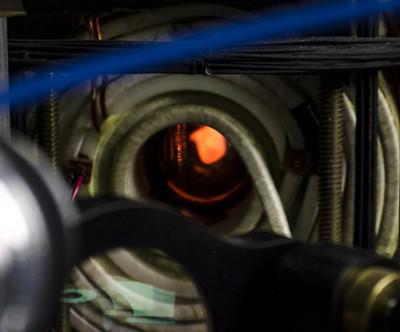Tunneling is ubiquitous and well-studied in quantum mechanics; yet the question of how long a particle takes to tunnel does not have a simple answer. One approach to measuring the tunneling time is to couple a "Larmor clock" to the motion of the particle. This clock ticks only when the particle is inside the forbidden region. Its reading after the tunneling event can be used to infer the tunneling time.

We use Bose-Einstein Condensates (BECs) to study tunneling dynamics of quantum particles. The tunnel barrier is created optically by a tightly focused laser beam and the clock is encoded in the atomic spin. By focusing a pair of Raman coupling beams in a small region, we have recently observed Larmor precession of the spin as the condensate traverses the Raman beams. In this talk, I will present our progress towards measuring the tunneling time, and talk about future challenges that have to be overcome.
In another experiment, the BEC is prepared in a quasi-bound state and tunnels through a thin sheet of light which forms one of the walls of the trap. The tunneling rate of the condensate is strongly dependent on the interaction energy, and we find that it goes exponentially with the chemical potential of the condensate. The tunneling results show good agreement with 3D GPE simulations.

